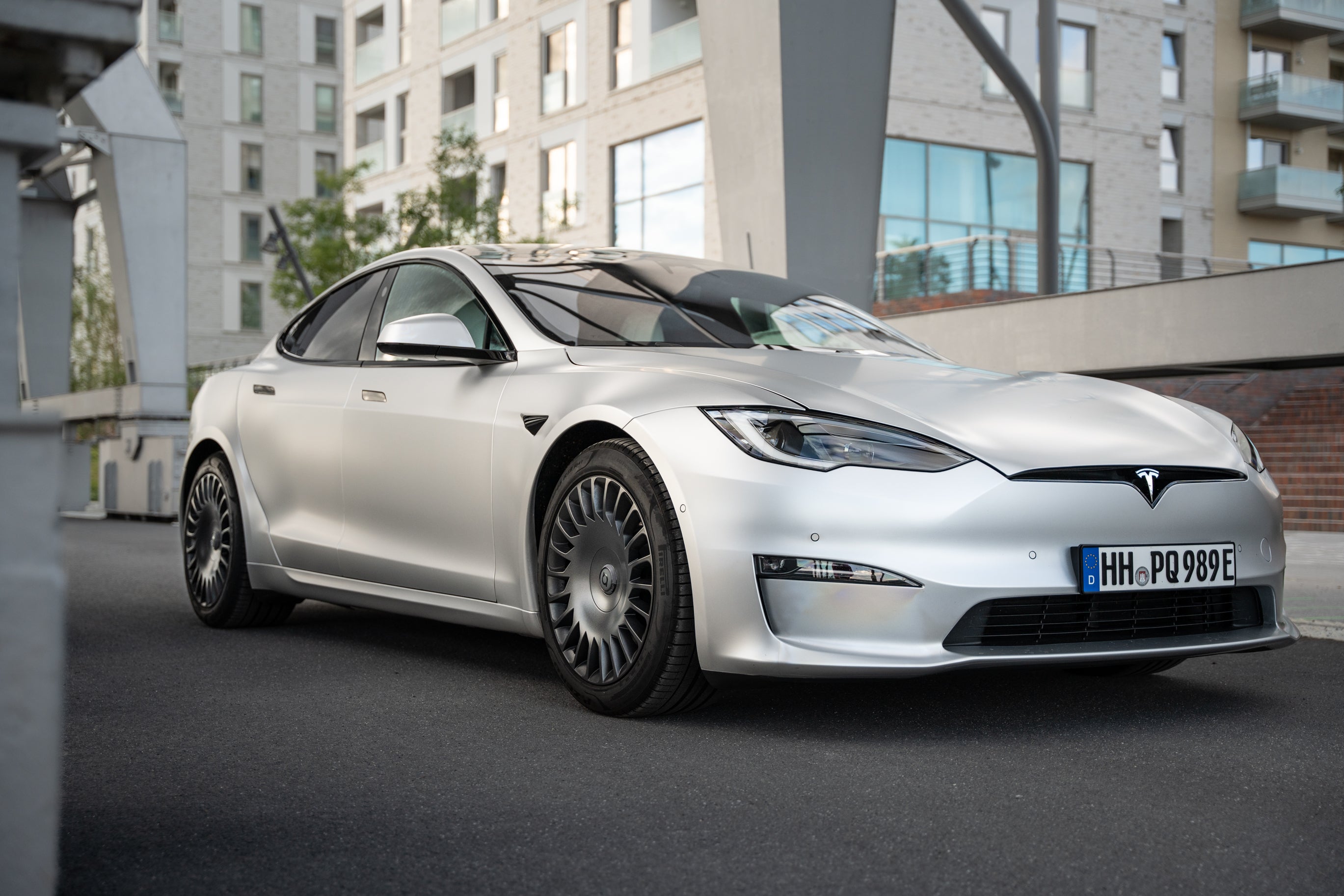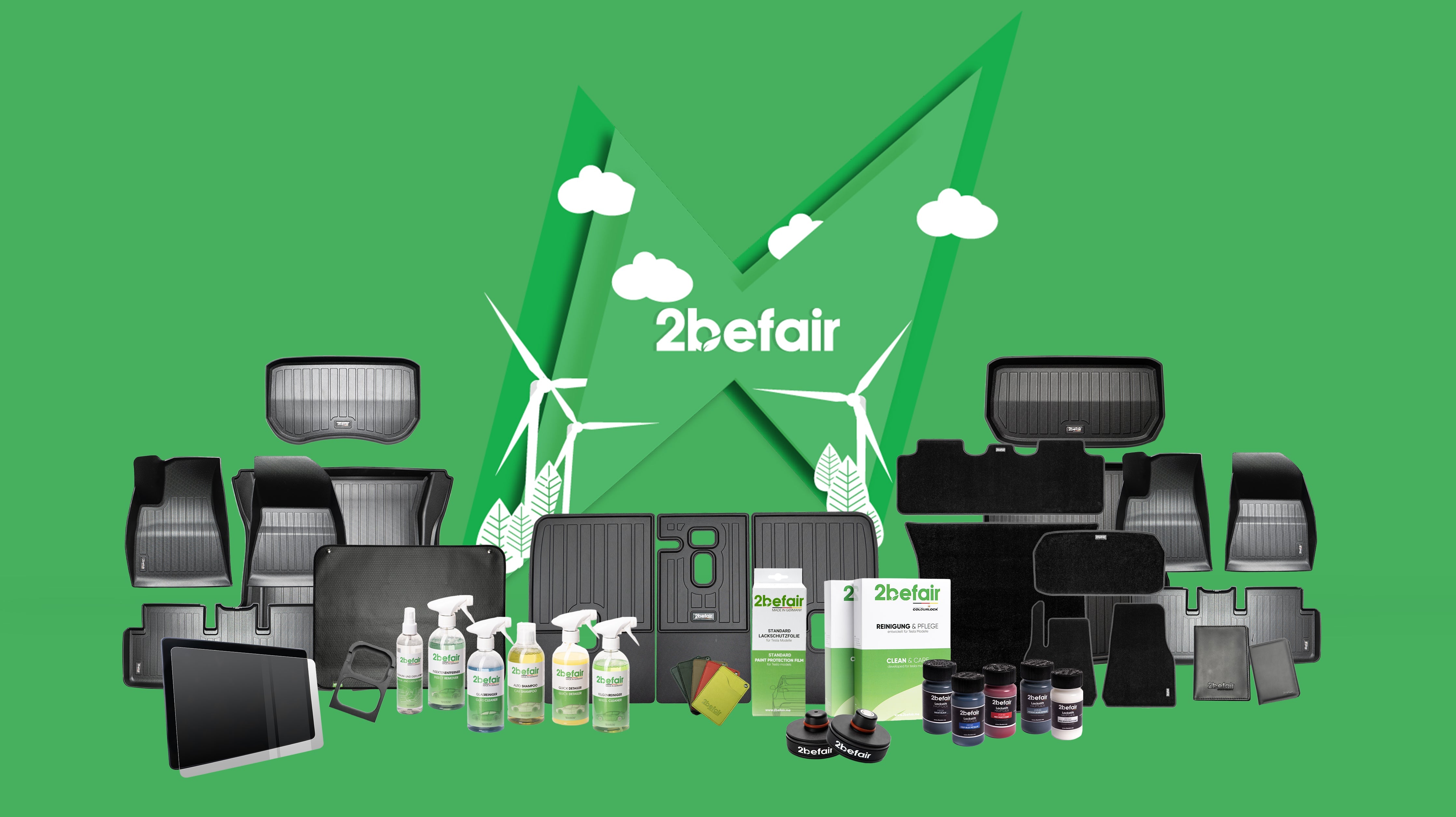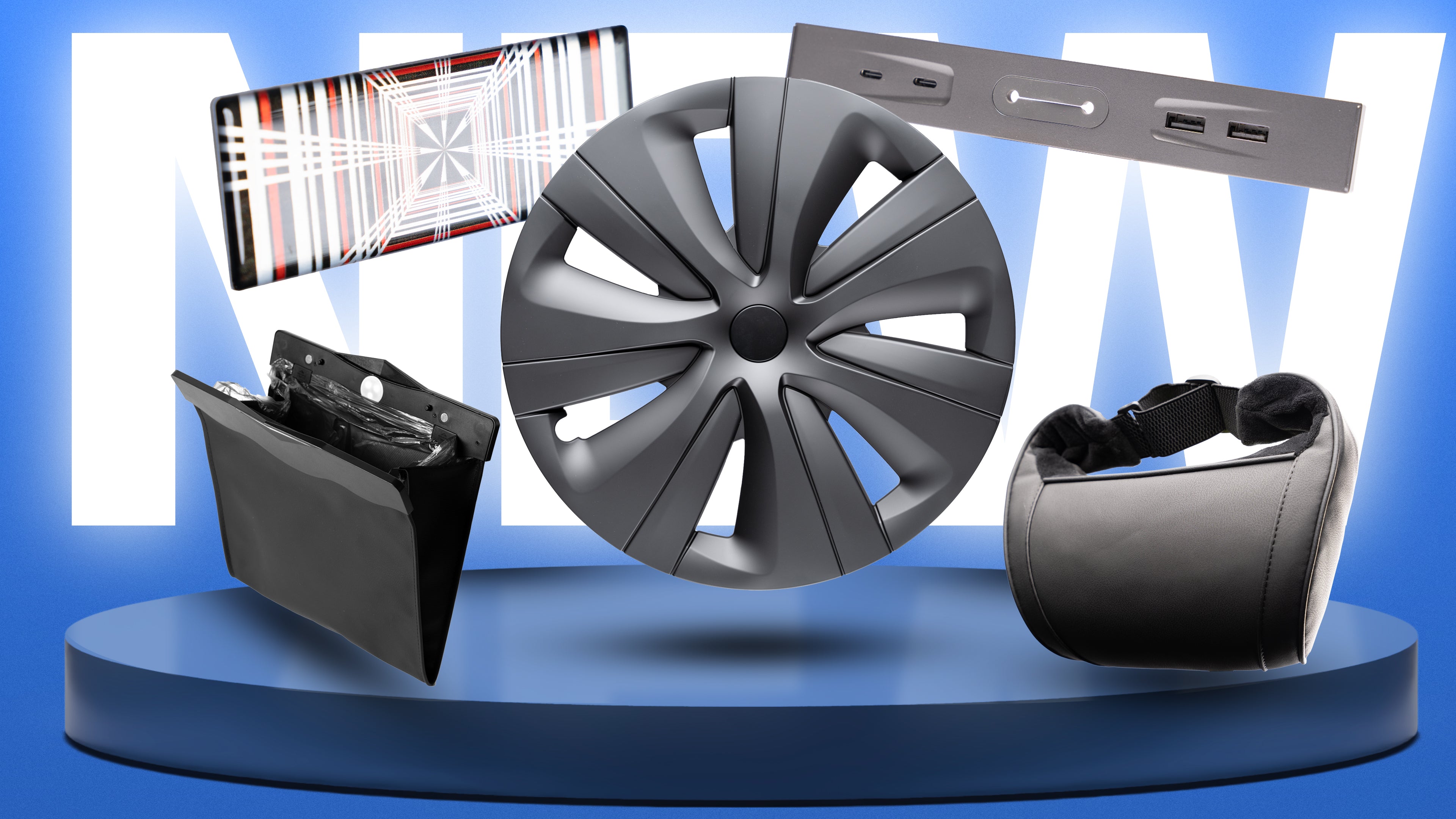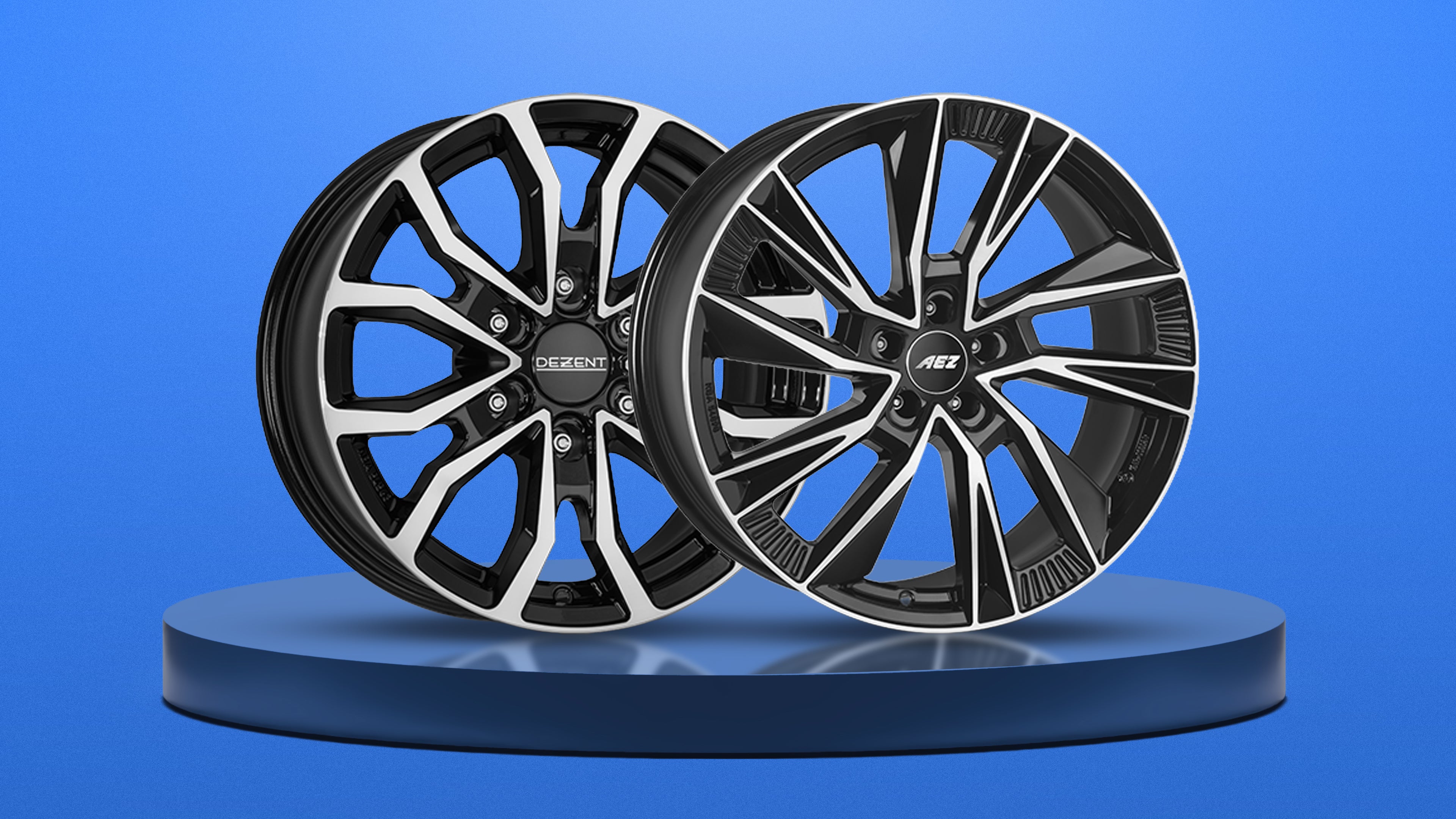Tesla Vehicles are not only a technical masterpiece, they are also cars that deserve regular care. To ensure that your vehicle always stays in top shape, you should carry out a few simple maintenance tasks regularly.
Here you can find out how to get the best out of your Tesla and fix minor problems yourself.
Top up the windshield washer fluid:
A clear view is essential for your safety. When the windshield washer fluid is running low, the Tesla-touchscreen shows you a warning. This allows you to top up the fluid quickly and safely:
-
Open the hood of the front trunk.
-
Clean the area around the filler cap to avoid dirt.
-
Open the filler cap and fill the fluid to just below the filler neck.
-
Wipe off any spilled liquid immediately and rinse the area with water.
-
Replace the filler cap.
Tip: Only use windshield washer fluid suitable for vehicles. Untreated water can lead to bacterial growth and unpleasant odors in the air conditioning system.
Clean windshield washer nozzles: Ensure a clear view
If the windshield washer nozzles of your Tesla are clogged, you can easily clear the blockages yourself. Use a thin wire to carefully remove dirt or deposits from the nozzles. It is important not to operate the windshield washer system during this cleaning process, as the washer fluid can cause eye and skin irritation. Always read and follow the instructions on the windshield washer fluid you are using.
Replace wiper blades: Clear visibility even in bad weather
To ensure that you always have a clear view in the rain, the wiper blades on your Tesla should be replaced at least once a year. Make sure that the wiper blade on the driver's side is 26 inches (650 mm) long and the one on the passenger's side is 20 inches (500 mm) long. It is important that the connector of the replacement blade is identical to the original blade so that you can fit it without any problems. (Specifications for Tesla Model Y) Different connectors could make fitting impossible.
To replace the wiper blades, proceed as follows:
-
Put the transmission in "Park" and switch off the windshield wipers.
-
Touch "Vehicle > Service > Windshield wiper service mode" on the touchscreen to move the wipers to the service position.
-
Carefully lift the wiper arm, just enough to make the wiper blade accessible. Take care not to lift the arm beyond the intended position, as the wiper blades do not lock into place when they are raised.
-
Place a towel between the wiper arm and the windshield to prevent scratches or damage.
-
Hold the wiper arm firmly, press the locking tab and slide the old wiper blade down to remove it.
-
Align the new wiper blade with the wiper arm and slide it into position until it clicks into place. Make sure that the new blade is firmly seated and does not move before switching off the service mode.
To remove stones and foreign objects from the brake shield of your Tesla
A sudden creaking, grinding or knocking noise from the brakes or wheels of your Tesla may indicate that a stone or foreign object has become lodged between the brake disk and the brake shield. Although this situation does not affect braking performance, it should be rectified as soon as possible.
Step-by-step instructions for removing stones or foreign objects:
-
Warning: If you have recently driven your vehicle, the brake components may be hot. To avoid injury, do not touch any hot parts.
-
Put the vehicle in park.
-
Remove the hubcap if your vehicle is fitted with one.
-
Using a gloved hand, carefully press on the top, sides and underside of the brake shield until the stone or foreign object falls out. Caution: Do not use any tools that could damage the brake shield or the wheel. Do not press too hard to avoid bending the brake shield.
-
Repeat the process on the other wheels if necessary.
-
Make sure that the noise has disappeared.
-
Refit the hub cap, if removed.
If the noise persists, try driving slowly forwards and backwards to dislodge the foreign object. If this is not successful, make an appointment via the Tesla mobile app.
Checking and adjusting tire pressure: how to do it correctly
Correct tire pressure is crucial for safety, the service life of the tires and the range of your Tesla. On the touchscreen or in the Tesla mobile app, you can quickly check the tire pressure. To measure and adjust the tire pressure, proceed as follows:
-
Check the recommended tire pressure on the tire and charging information plate on the driver's side.
-
Use an accurate tire pressure gauge to measure the pressure.
-
Pump air into the tires or deflate them until the recommended pressure is reached.
-
Check the pressure again and repeat the process if necessary.
Important: Tires should always be checked when cold. Even a short drive can affect the tire pressure by heating it up.
Precautionary measures:
-
Avoid under-inflation of the tires, as this is the most common cause of punctures.
-
Tire pressure drops in cold weather. Adjust the pressure accordingly to ensure optimum driving conditions.
Check tire tread depth: Safety on all roads
Regularly checking the tire tread depth is essential for the safety and performance of your Tesla. Especially on wet or snow-covered roads, sufficient tread is essential to prevent aquaplaning and ensure good traction.
Measure the tread depth:
-
Tires with a tread depth of > 5/32" have sufficient tread.
-
If the tread depth is between 3/32" and 4/32"you should replace or rotate the tires soon, as their performance may be impaired in wet or snowy conditions.
-
Tires with a tread depth of < 2/32" must be replaced immediately.
To optimize handling, place the tires with the greatest tread depth in the front positions.
This is how you measure the tread depth:
Use a tread depth gauge to measure the tread on the outside, in the center and on the inside. To do this, press the pin of the gauge into one of the main tread grooves. This measurement helps you to accurately assess the condition of your tires and take action in good time.
Switch the vehicle off and on: First aid for problems
If your Tesla is behaving unusually or displays an unexplained error message, simply switching the vehicle off and on can often solve the problem.
This is how you switch your vehicle off and on again:
-
Put the vehicle in park.
-
Tap on the touchscreen on Vehicle > Safety > Switch off.
-
Wait at least two minutes without operating the vehicle - do not open any doors, do not touch the brake pedal or the touchscreen.
-
To switch the vehicle back on, press the brake pedal or open a door.
This simple method can solve many minor software problems and return your car to normal operating condition.
Touchscreen restart: How to restart the touchscreen:
-
Make sure your vehicle is in park.
-
Press both scroll buttons on the steering wheel simultaneously until the touchscreen turns black.
-
Wait about 30 seconds for the screen to restart.
Important: During the restart, the vehicle status display, safety warnings and other important functions such as the reversing camera are not available. This procedure should therefore only be carried out when the vehicle is safely stationary.
Manage keys: Control access to yourTesla
You can easily manage the keys that are assigned to your Tesla Model Y access. This includes adding new keys, removing keys that are no longer required and customizing the key names.
How to add a new cell phone key:
-
Download the Tesla mobile app on your phone and log in.
-
Make sure that Bluetooth and location services are activated on your phone.
-
Open the Tesla mobile app and select Set up mobile key.
-
Follow the instructions on the screen to pair the key.
Add the key via the touchscreen:
-
Go to Vehicle > Locks > Keys > Add key.
-
Scan the new key card or the new key on the card reader.
-
Confirm the pairing by scanning an already authenticated key.
Remove the key:
To remove a key, select Vehicle > Lockstap the trash can icon next to the corresponding key and confirm the removal by scanning an authenticated key.
With these simple steps, you retain control over access to your Tesla and ensure that only authorized persons can use your vehicle.
Apply the brakes: a quiet and safe ride
After replacing brake pads or brake discs, it is important to run in the brakes to prevent possible squealing noises and achieve full braking power. Running in the brakes is particularly helpful when driving in the rain, cold weather or if surface rust has formed on the brakes.
Before you start braking, make sure that the tires have the correct pressure. You can find this information on the sticker on the driver's door pillar or in your vehicle handbook.
This is how you apply the brakes:
-
Find a straight stretch of road where there is little traffic and drive at around 80-90 km/h.
-
Press the brake pedal evenly and with medium pressure to gradually slow the vehicle down to 15 km/h.
-
Repeat this process six times, pausing for at least 30 seconds between each pass.
If the braking noises persist, you should use the Tesla mobile app to arrange a service appointment.
Check the brake fluid: Safety first
If you notice that you have to depress the brake pedal further than usual or that brake fluid is leaking, you should immediately Tesla immediately. A loss of brake fluid can lead to longer braking distances or even total brake failure. A red warning light on the touchscreen indicates that the brake fluid level has fallen below the recommended level. In this case, you should stop the vehicle safely and Tesla to have the problem rectified.
You should leave it to the experts to top up the brake fluid. This work requires specialist knowledge and the use of the correct brake fluid to ensure safety.
Remove and fit wheel nut covers: Simple steps for changing tires
To access the wheel nuts on your Tesla you first need to remove the wheel nut covers. This is very easy if you have the right tool to hand, which is often found in the glove compartment. Alternatively, you can use a small Allen key.
This is how you proceed:
-
Insert the curved part of the wheel nut cover tool into the indentation around the center of the wheel nut cover.
-
Rotate the tool so that the end of the curved part of the Tesla-"T" points away.
-
Pull the tool firmly outwards until the cover comes off.
To refit the covers, align them correctly and press them firmly until they click into place. Make sure that the covers are securely fastened before you drive off.
Wi-Fi and connectivity in your Tesla Model Y





































